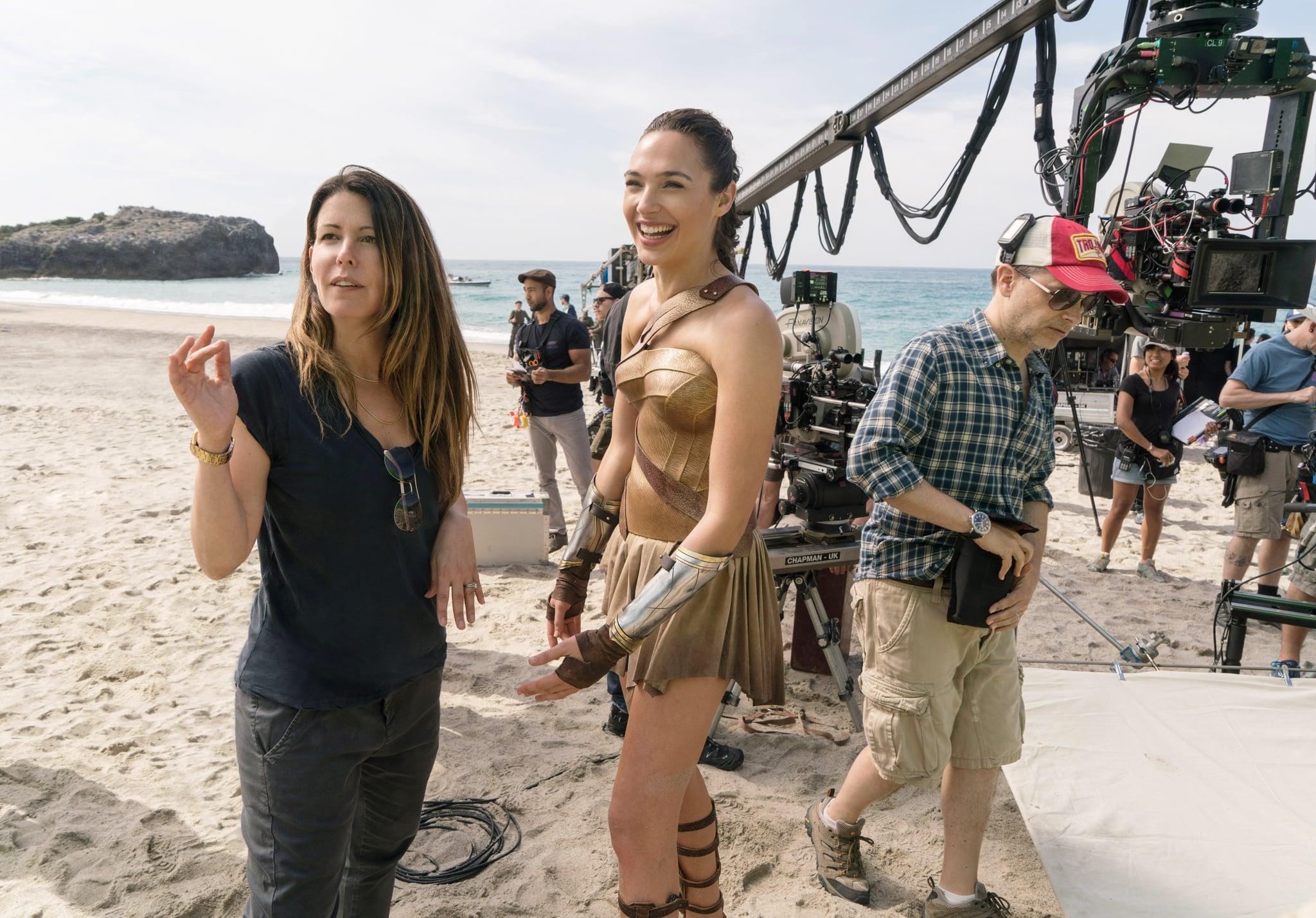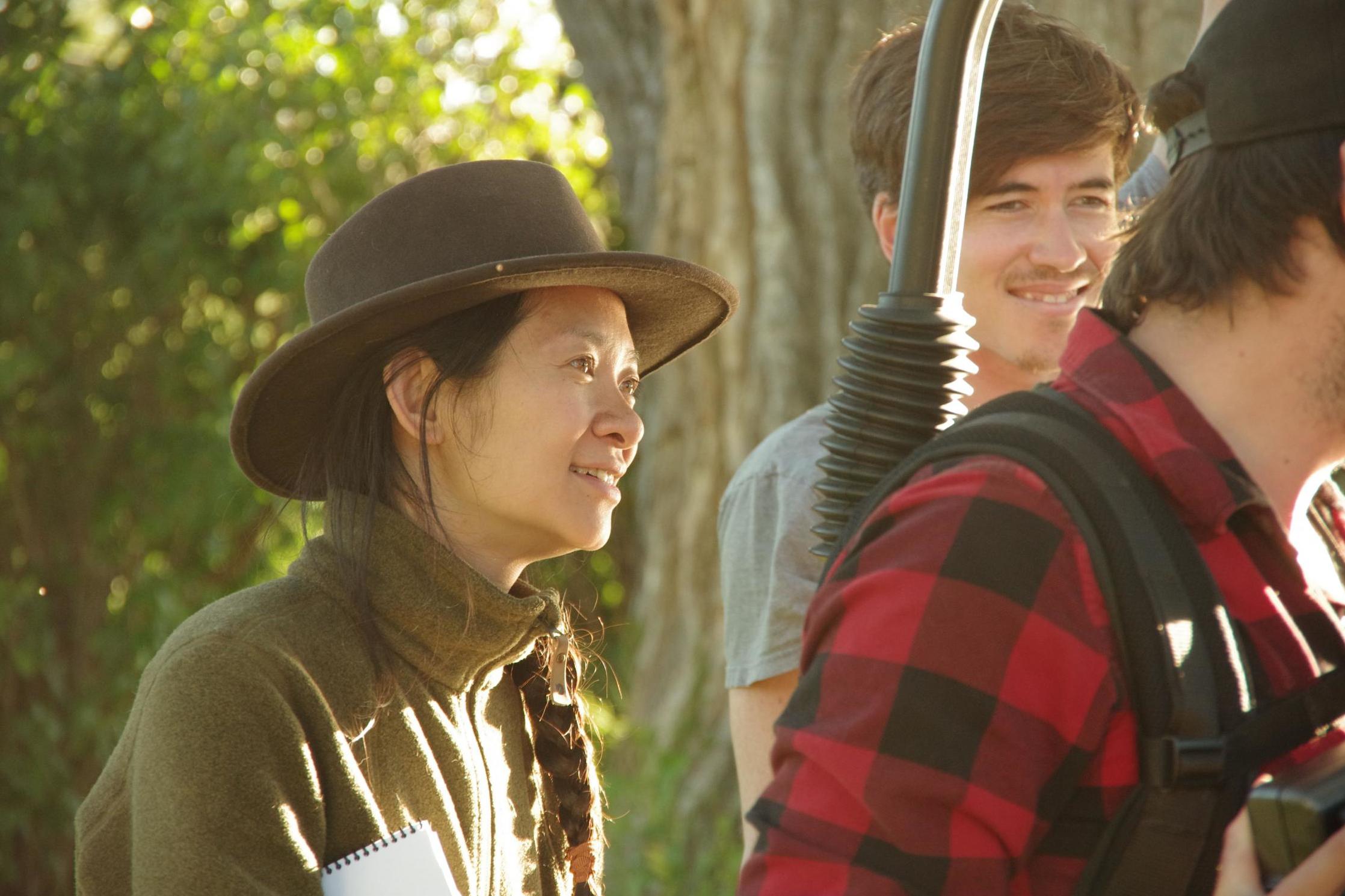Why gender equality in Hollywood is still a long way off
Although an increasing number of female-directed films are being produced, the number still pales in comparison to that of male-directed films. Caspar Salmon investigates why


Your support helps us to tell the story
From reproductive rights to climate change to Big Tech, The Independent is on the ground when the story is developing. Whether it's investigating the financials of Elon Musk's pro-Trump PAC or producing our latest documentary, 'The A Word', which shines a light on the American women fighting for reproductive rights, we know how important it is to parse out the facts from the messaging.
At such a critical moment in US history, we need reporters on the ground. Your donation allows us to keep sending journalists to speak to both sides of the story.
The Independent is trusted by Americans across the entire political spectrum. And unlike many other quality news outlets, we choose not to lock Americans out of our reporting and analysis with paywalls. We believe quality journalism should be available to everyone, paid for by those who can afford it.
Your support makes all the difference.On 5 October, Tamara Jenkins’s third film, Private Life, landed on Netflix – 11 years after the release of her second film, The Savages, and 20 years since her debut, Slums of Beverly Hills. By comparison, Darren Aronofsky and Guy Ritchie also made their directorial debuts in 1998: they have released another six and nine movies respectively over the same time period. Meanwhile, Lisa Cholodenko, whose first film, High Art, debuted at Cannes alongside Slums of Beverly Hills, has made four films in the past 20 years. Her last one came out eight years ago.
In recent months, it seems as though a lot of female film directors have been returning to our screens after long periods of absence. Patty Jenkins’s Wonder Woman came out in 2017, 15 years after Monster. Debra Granik’s Leave No Trace was released this year, her third in 14 years. Gina Prince-Bythewood has directed two films since Love and Basketball, her 2000 debut. Lynne Ramsay’s You Were Never Really Here was a big comeback for the director, six years after We Need to Talk About Kevin, and her fourth film in 18 years.
Nor is the pattern limited to English-language directors: the German director Valeska Grisebach’s Western came out this year to great acclaim, 11 years after her previous film, Longing. The Hungarian Ildiko Enyedi’s On Body and Soul won the Golden Bear at the Berlin Film Festival in 2017, 18 years after the release of Simon the Magician. Woody Allen made 18 films during the same time period.
Are these figures merely incidental, or are they part of a wider industrial problem? It’s hard to shake the feeling that we’re missing out on a substantial body of work by these female directors, whose protracted absences between movies are surely preventing them from becoming household names on a par with directors like, say, Wes Anderson (nine films) or Christopher Nolan (10 films), who both emerged in the past two decades.
Looking into the careers of these directors brings up, time and again, the subject of failed projects; of movie ideas that never came to fruition; of being overlooked for big directing gigs. Kimberly Peirce, whose Boys Don’t Cry won Hilary Swank the Academy Award for Best Actress in 2000, has made only two feature-length films since then: Stop-Loss in 2008 and Carrie in 2013. During this period, she has had plans to direct at least three other films: “The Knife”, a gangster film for Universal that fell through; “Silent Star”, a film that had Ben Kingsley and Hugh Jackman cast but then fell through; and a lesbian romcom called “Butch Academy”, which Judd Apatow was supposed to be involved with, that fell through.
In Amy Adrion’s forthcoming documentary Half the Picture, which examines the lack of opportunities afforded to female directors and includes interviews with Peirce, Cholodenko, Prince-Bythewood et al, the director notes that the studio system for greenlighting projects and giving directors money is hugely secretive. “Only the Chicago police are worse at talking about how stuff actually happens behind closed doors,“ she says. “Managers, producers, agents, and creative executives – all the people that hire – I have no idea what happens in those conversations.” In other words, it can be hard to say why female directors face so many challenges in carrying projects through to fruition.
One possible reason, however, is that Hollywood doesn’t tend to champion the type of films many female directors prefer to make. The New York Times reported, in an interview with Peirce around the release of Carrie, that Peirce thought the industry was “built for commercial compromises and easy paychecks, not the kind of personal, character-driven films she favours” – a statement that might be seen as code for a certain gender dynamic, in which a studio system fixated on profit will prioritise crowd-pleasing entertainments.
It’s a generalisation, but it’s clear many women prefer working with more pared-down narratives that focus on personal lives and human interaction: a director like Kelly Reichardt springs to mind. Michelle Williams recently stated that she took a role in Venom in order to be able to get financing for a new film by Reichardt. At the same time, many female directors, such as Karyn Kusama or Catherine Hardwicke, are all too prepared to move on to “bigger” fare, but seem to miss out on those chances.
It’s the same story for Ramsay, who was dropped from directing duties on The Lovely Bones after Peter Jackson made clear he was interested, and who famously walked off set on the first day of Jane Got a Gun, to be replaced by Gavin O’Connor. Ramsay told The Guardian that she felt that “her precise vision of the film was about to be compromised”, so had no choice but to leave.

Watch Apple TV+ free for 7 days
New subscribers only. £8.99/mo. after free trial. Plan auto-renews until cancelled

Watch Apple TV+ free for 7 days
New subscribers only. £8.99/mo. after free trial. Plan auto-renews until cancelled
This idea of compromise comes up often: Amazon was set to produce Tamara Jenkins’s Private Life, but would have required her to shoot her New York story in Toronto; the budget they offered her was “minuscule”, she told Indiewire this year. (Studios offering women tiny budgets seems to be a pattern too – Peirce was offered $20m to make Silent Star, a $30m movie). Patty Jenkins was attached to a Thor movie but left it rather than make something sub-par; two other film projects, including a film with Ryan Gosling, fell through.
It means that many female directors find themselves forced to fall back on the independent sector. A report published this year by the University of Southern California, surveying 1,100 films over the last 11 years, not only found that just four per cent of these films were by women, but that they face severe difficulties in graduating from independent, lower-budget films and television to higher-grossing movies. In terms of distribution, films directed by women were vastly more likely to be distributed by an independent company than by a studio or mini major.
This is crucial, since the latter companies have more finance and clout, and shows that women are not getting on studios’ director lists to make bigger movies. Patty Jenkins may have been behind a huge blockbuster in Wonder Woman, but that’s because only women were considered to direct the film, which has a female lead.

Likewise, Peirce was considered to direct another superhero blockbuster with a female lead protagonist, Black Widow (the gig went to Cate Shortland), alongside Amma Asante, but was probably not in the running for other blockbusters with a male lead. This matters, when the number of female leads in blockbusters has fallen to 24 per cent. If women are only trusted to tell women’s stories, and women’s stories are not being written or greenlit, then female directors will always come up against a problem. Part of the emphasis from campaigners post-#MeToo, such as Melissa Silverstein of Women and Hollywood, is for women’s stories to be given more attention, for greater diversity in our storytelling. Jessica Chastain noted something to this effect as a juror in Cannes last year, calling for better representation of women on screen.
Another problem is the fact the industry doesn’t make it easy for women to work if they have children. Miranda July talks tearfully in Half the Picture about not wanting to leave her children to make a film; a complete provision for women directors to be working mothers seems to be lacking. Patty Jenkins told The Hollywood Reporter last year that for a long time she took television gigs, not least because they’re less time-consuming. But TV shows are impersonal and don’t help with name recognition. People don’t know who directed an episode of television, but they tend to know film directors and the odd showrunner. In turn, that visibility surely encourages progress.
And the situation is even worse for women of colour, of course. In Half the Picture, Amy Adrion notes that while ethnic minority women make up 19.2 per cent of the American population, they constitute just 0.006 per cent of feature film directors.
One positive is that the question is much more scrutinised than ever before, with more study centres given over to researching gender parity in films. For instance, the Geena Davis Institute on Gender in Media, besides studying the gender gap in cinema, has awarded a bursary to champion diversity in animation, and founded the Bentonville Film Festival in Arkansas, whose avowed focus is diversity; all films selected are guaranteed distribution. Initiatives like these may begin to get somewhere, but they remain small and far between. Meanwhile, the bigger institutions are proving stubbornly resistant to change.
Join our commenting forum
Join thought-provoking conversations, follow other Independent readers and see their replies
Comments